| Coffee prices tripled, many contracts were broken. Supply is only 300,000 tons left, coffee prices reach 120,000 VND/kg |
“In the 2023-2024 coffee crop year and especially in 2024, coffee prices have reached the highest level of all years,” said Mr. Nguyen Hai Nam, Chairman of the Vietnam Coffee and Cocoa Association (VICOFA), adding that in the first quarter of 2024, Vietnam’s total coffee export output reached about 600,000 tons with a turnover of 1.9 billion USD. This is also the highest level in recent years and this increase is due to coffee prices.
 |
| Mr. Nguyen Nam Hai - Chairman of VICOFA |
Mr. Nguyen Nam Hai commented: There are many reasons for the increase in coffee prices. Firstly, in the 2022-2023 crop year, inventory reached the lowest level in many crop years. The 2023-2024 crop year will not start until October, but since June and July, we have been short of goods, with no goods to deliver to pre-sold export contracts.
Second, due to the impact of climate change, especially the El Nino drought phenomenon, it affects the productivity and output of global coffee, especially robusta coffee which needs a lot of water.
Third, due to war and embargoes, affecting global coffee consumption, causing coffee prices to rise.
Fourth, on the coffee exchanges, financial investors also focus on coffee, second only to oil, which is also one of the factors that has increased coffee prices in recent times.
In fact, according to statistics from VICOFA, in March 2023, the domestic coffee price was only at 47,000 VND/kg, but by October 2023, the price was over 58,000 VND/kg, and up to now, the coffee price is at 110,000 VND/kg. The rapid increase in prices is associated with high risks for businesses purchasing goods for export through agents and traders. Some purchasing agents and businesses in localities with raw materials have not delivered goods on time as stipulated in the purchase and sale contracts to export processing enterprises and FDI enterprises, even though the parties have discussed risk sharing, causing great damage to buyers and damaging the reputation of the Vietnamese coffee industry.
At the current price, although farmers benefit, businesses are facing difficulties because when coffee prices increase too much, there is a phenomenon of broken supply chains. From farmers not selling to exporters but selling to agents and traders, leading to broken supply chains.
According to Mr. Nguyen Nam Hai, in Vietnam's coffee supply chain, farmers do not sell directly to exporters but through a system of agents and traders. When coffee prices increased, there was a breakdown in the trader stage. Therefore, Mr. Hai said that he had warned businesses, especially intermediary businesses such as agents and traders, to ensure their reputation with Vietnamese exporters as well as foreign businesses. On the exporter side, Mr. Nguyen Nam Hai noted that it is necessary to minimize selling from afar and especially buying from afar to avoid the risk of having to buy goods at a high price but delivering a low price contract or not being able to perform the contract.
For disputes over sales contracts that have occurred, it is recommended that buyers and sellers negotiate and agree to share risks, prices, progress, and delivery times when coffee prices suddenly increase, to avoid losses on one side.
In particular, on behalf of VICOFA, Mr. Hai suggested that banks should increase lending limits and prioritize interest rates for coffee import-export businesses. Localities in raw material areas need to propagate and warn farmers, agents, and local traders to minimize "buying from afar, selling from afar" to avoid high risks when prices increase. Localities also need to warn against expanding coffee growing areas when prices are high, to prevent a coffee surplus crisis later.
In the long term, Mr. Hai affirmed: Vietnam needs to develop sustainable coffee. Because climate change is the first factor affecting the coffee industry. Over the past years, not only Vietnam but all coffee growing regions around the world, especially robusta coffee growing regions, have been greatly affected by climate change. This is also the most important factor causing the decline in coffee productivity and output in the last crop year. The problem now is to ensure the sustainability of the coffee industry from production to processing and export. In particular, it is necessary to create a connection between businesses and farmers to build coffee regions with sustainable quality development.
Source








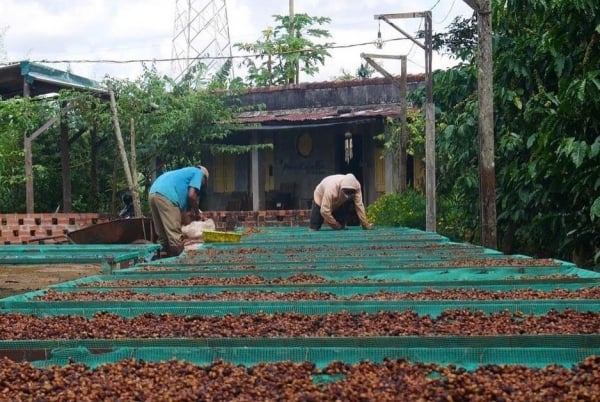
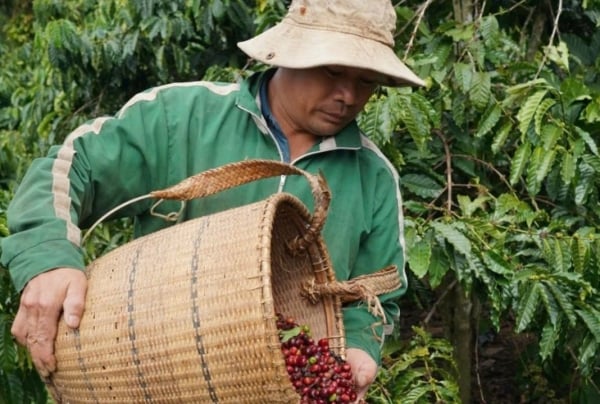

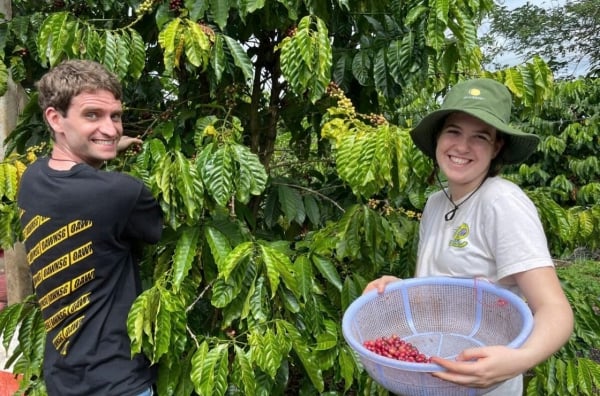

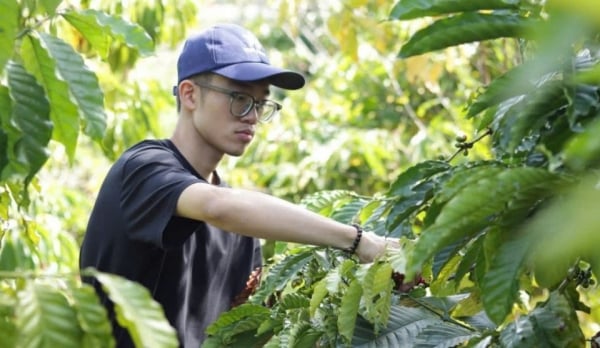


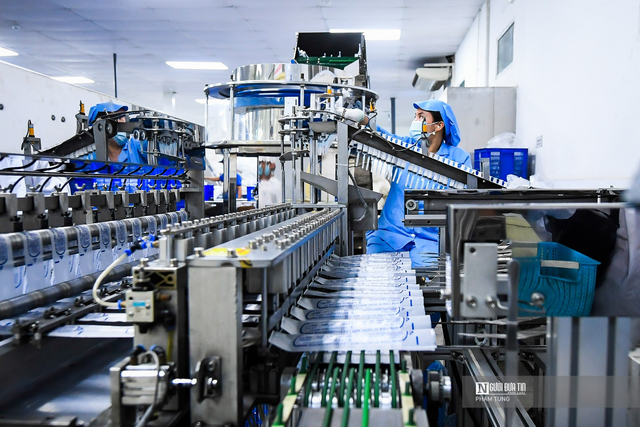

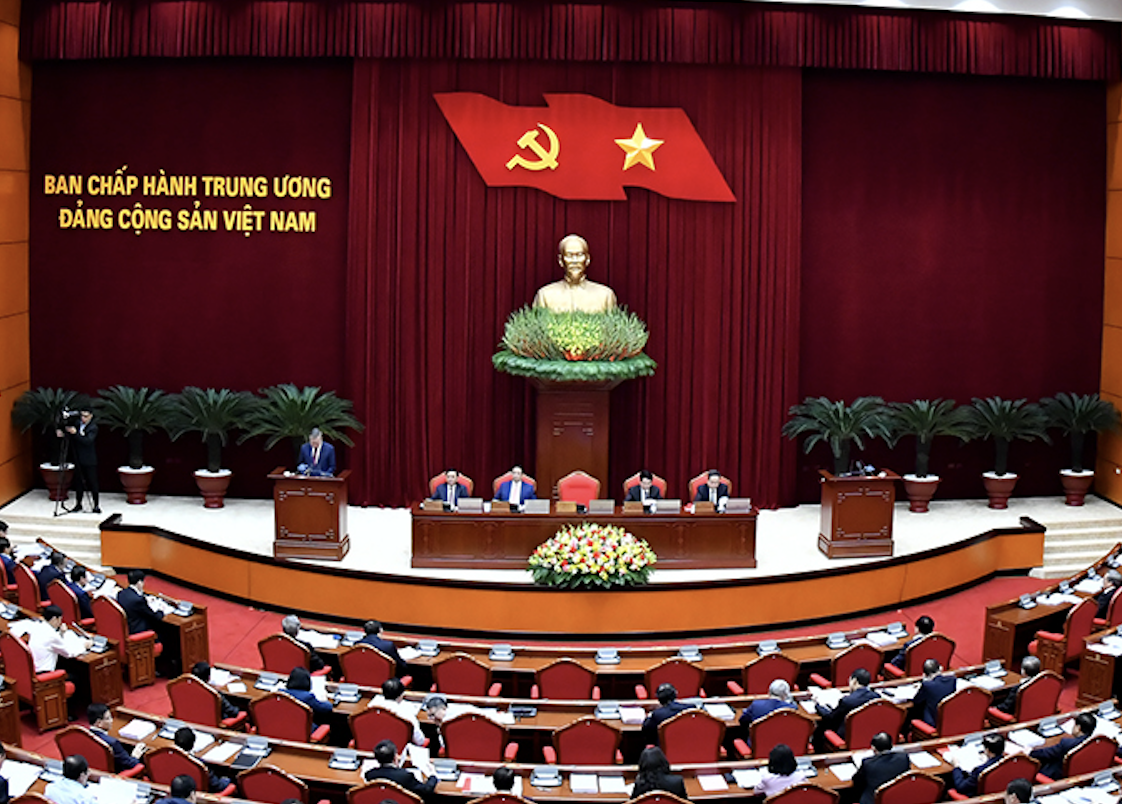
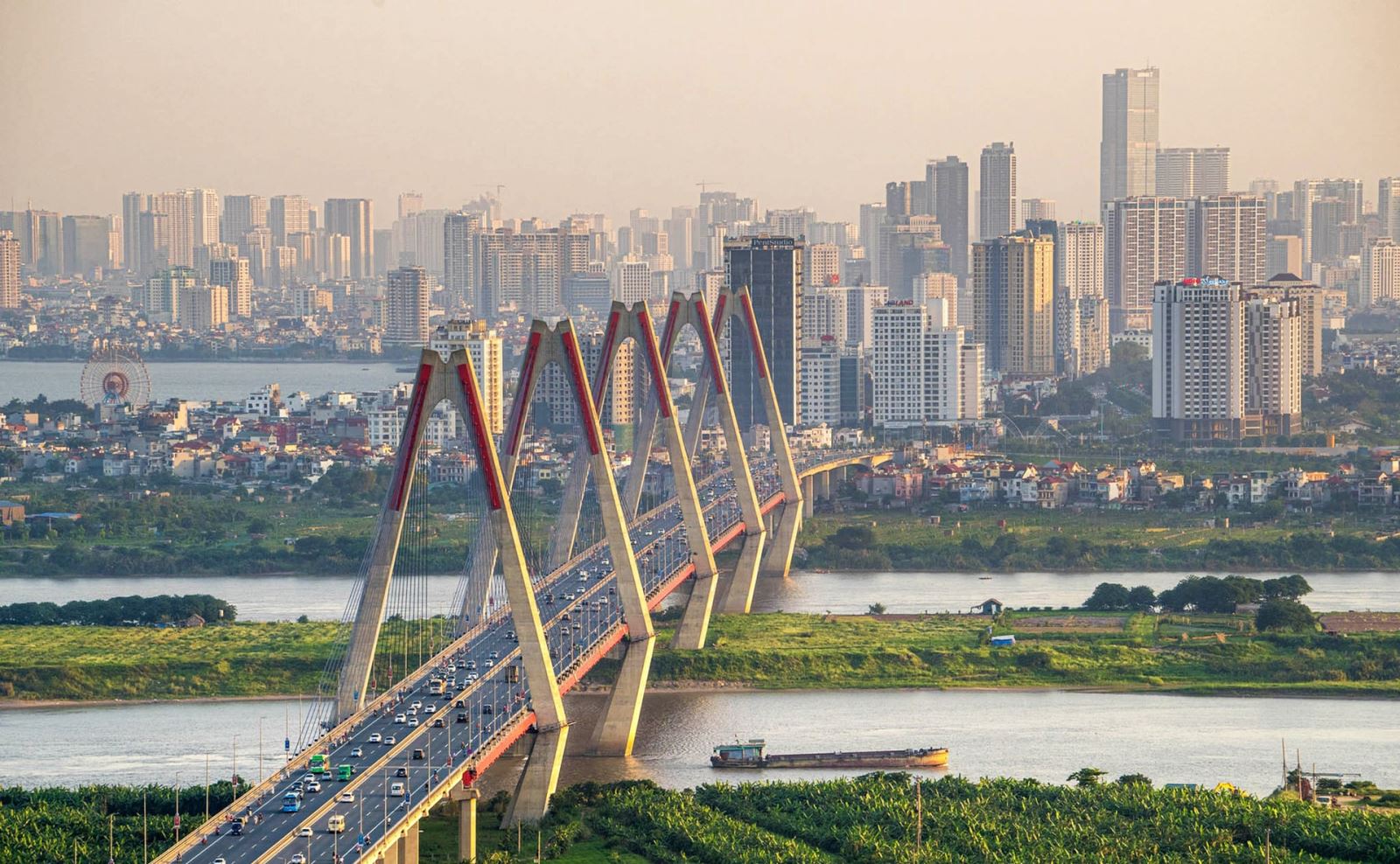





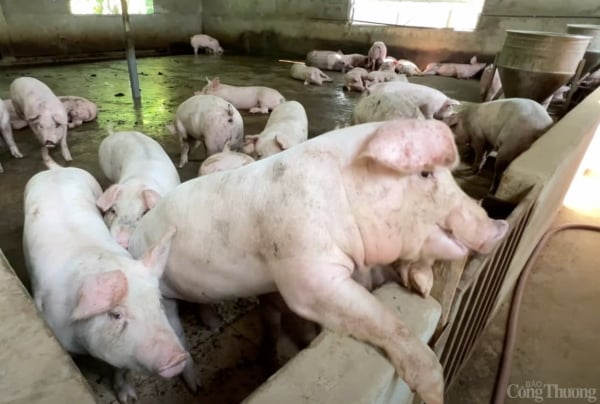
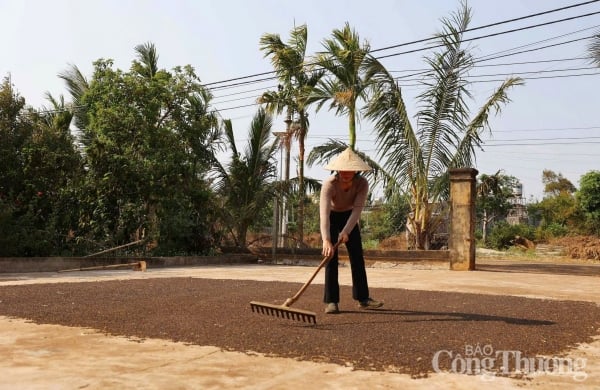

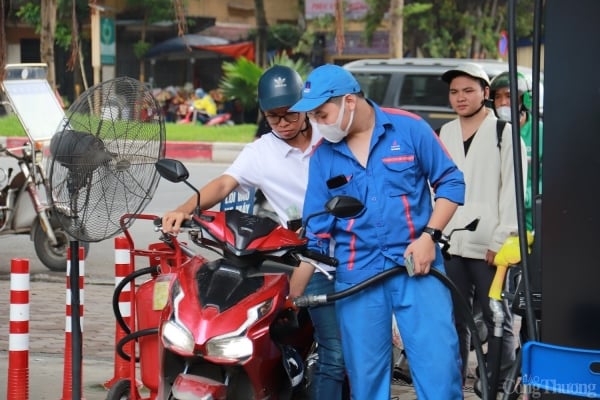











Comment (0)